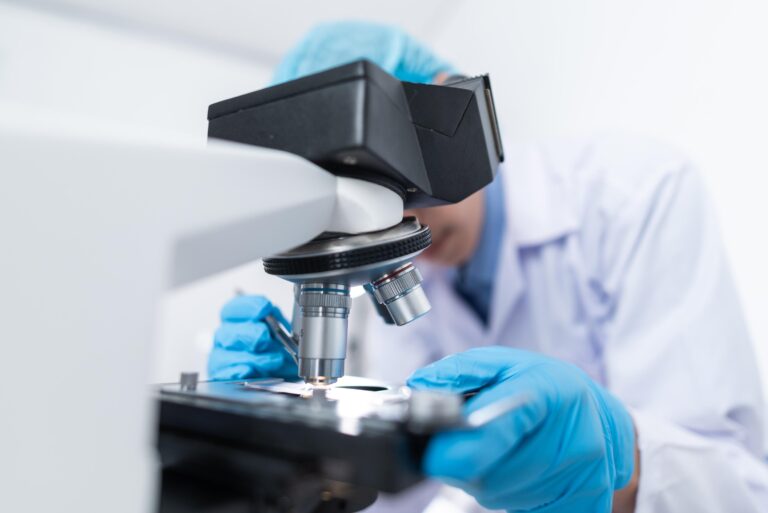1. Myoelectric Prosthetics: This technology allows amputees to control their prosthetic limb using the electrical signals generated by their muscles, providing a more natural and intuitive movement.
2. Exoskeletons: These wearable robotic devices support and enhance a person’s physical capabilities, enabling individuals with mobility impairments to walk or perform other tasks they couldn’t do otherwise.
3. Brain-Computer Interfaces (BCIs): BCIs allow direct communication and control between the brain and external devices, enabling paralyzed individuals to manipulate objects, communicate, or even walk using robotic prosthetics.
4. 3D Printing: This technology has revolutionized prosthetics by enabling the creation of customized and affordable devices, reducing cost and production time while improving comfort and functionality.
5. Bionic Limbs: These prosthetic limbs are designed to mimic the functionality of natural limbs, utilizing advanced mechanics and materials to provide a more realistic and natural movement.
6. Neural Interfaces: These interfaces allow neural signals to be recorded and decoded, providing direct control of prosthetics or rehabilitation devices using the patient’s thoughts and intentions.
7. Regenerative Medicine: Advances in regenerative techniques, such as tissue engineering and stem cell therapy, hold promise for repairing and regrowing damaged or lost tissues, potentially leading to fully functional and biological replacement limbs.
8. Virtual Reality (VR) and Augmented Reality (AR): VR and AR technologies are being used in rehabilitation to create immersive and interactive environments, providing therapeutic exercises and simulations to assist with motor function and cognitive rehabilitation.
9. Sensory Feedback Systems: These systems provide feedback to amputees, allowing them to feel sensations in their prosthetic limb by delivering electrical impulses to the nerves or using vibration or pressure sensors.
10. Advanced Sensors and Robotics: Prosthetics with advanced sensors and robotics enable improved sensing, control, and coordination, enhancing the user’s ability to perform complex tasks and movements with their prosthetic limb.







+ There are no comments
Add yours